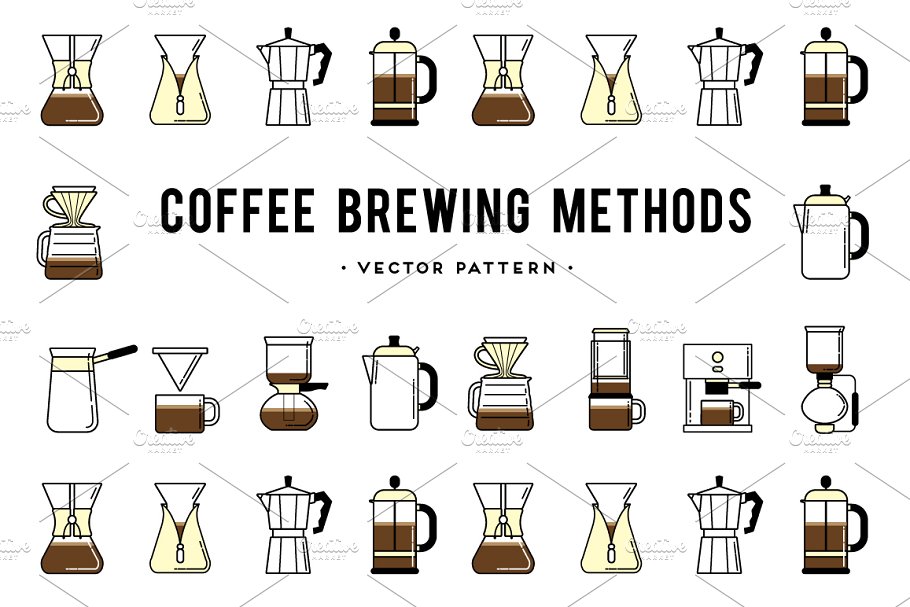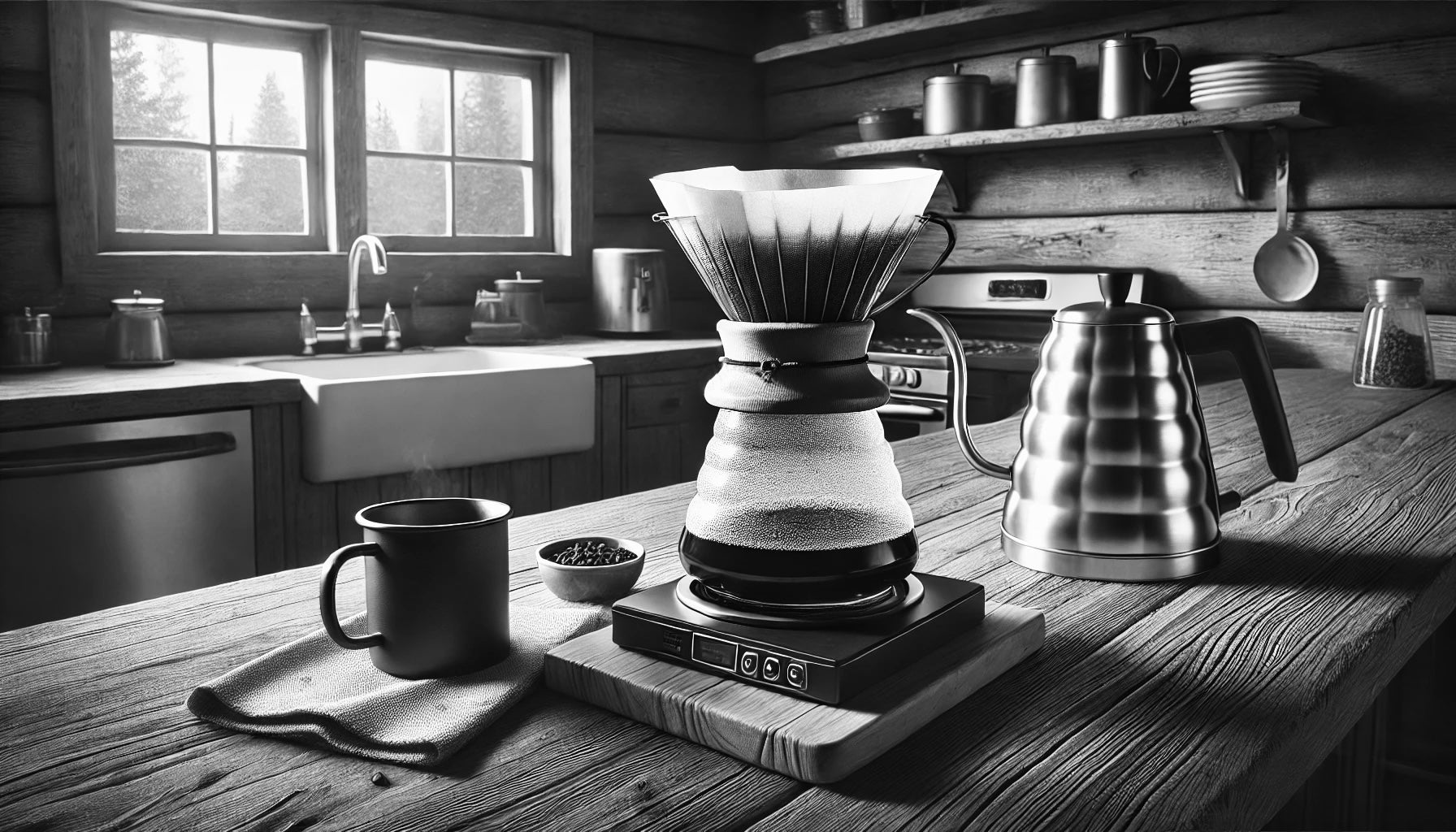Unveiling the Science Behind Different Coffee Brewing Methods and Their Benefits
Unveiling the Science Behind Different Coffee Brewing Methods and Their Benefits
Blog Article
Exploring the Art of Coffee Developing: A Comprehensive Guide to Refining Your Cup
The art of coffee developing is a complex technique that merges scientific research with individual expression, where the option of beans, water high quality, and brewing methods assemble to produce a refined sensory experience. Comprehending the nuances of different coffee beans, specifically the differences in between Arabica and Robusta, is necessary for any fanatic.
Comprehending Coffee Beans
To genuinely appreciate the art of coffee brewing, one must first comprehend the foundational element: coffee beans. These tiny seeds, generally derived from the Coffea plant, are important in identifying the taste profile, scent, and overall top quality of the made beverage. Coffee beans largely come under 2 classifications: Arabica and Robusta. Arabica beans, understood for their delicate tastes and higher level of acidity, are frequently preferred by lovers. On the other hand, Robusta beans have a stronger, much more bitter preference and higher caffeine material, making them ideal for coffee blends.

In addition, the processing method-- whether washed, all-natural, or honey-- impacts the beans' final taste. Understanding these aspects enables brewers to choose the right beans that line up with their favored taste profile, eventually improving the coffee developing experience. coffee brewing methods. This comprehension is crucial for anyone desiring grasp the craft of making the excellent mug of coffee
Developing Approaches Explained
Many lovers find that the option of brewing technique considerably influences the last flavor and scent of their coffee. Each approach harnesses different removal techniques, influencing the coffee's character and richness.
Drip brewing, among the most prominent methods, uses a machine to leak warm water with ground coffee, creating a clean and consistent mug. French press, on the various other hand, submerses coffee grounds in warm water, enabling a fuller body and more robust taste, as oils and great bits stay in the mixture.
Pour-over developing provides a careful approach, where water is by hand put over coffee premises, permitting exact control over extraction time and temperature, causing a nuanced and bright mug.
Espresso, a concentrated coffee made under pressure, is recognized for its solid flavor and creamy appearance, functioning as the base for various coffee beverages, including cappucinos and coffees.
Important Equipment Required
What devices is important for brewing a wonderful cup of coffee? The structure of any type of successful coffee developing process hinges on quality devices tailored to your recommended technique. A trusted coffee grinder is important; fresh ground beans considerably improve taste and aroma. Go with a visit this page burr grinder, which ensures uniform particle dimension, essential for ideal removal.
Next, consider your brewing gadget. Alternatives vary from drip coffee machine and pour-over configurations to French presses and coffee equipments. Each method uses distinctive flavor accounts and developing methods, so choose one that aligns with your preference preferences.
A specific scale is likewise vital, allowing you to determine coffee and water precisely, which is essential for consistency. Additionally, a thermometer can assist check water temperature, as it directly influences removal top quality.
Learning Water Top Quality
The high quality of water utilized in brewing coffee plays a significant role in identifying the last taste profile of the cup. Various factors add to water top quality, consisting of mineral material, pH level, and overall purity. Preferably, water ought to be devoid of impurities and impurities, as these can detrimentally affect the taste of coffee.
Minerals, such as calcium and magnesium, enhance the extraction of flavors from the coffee premises, while maintaining a well balanced pH level-- around 6.5 to 7.5-- is necessary for optimal removal. Water that is also soft might cause under-extraction, causing weak or sour flavors, while excessively difficult water can produce a bitter or extreme cup.
For the very best results, filtered water is advised, as it decreases the existence of chlorine and other undesirable materials commonly discovered in faucet water. Furthermore, think about utilizing water with an Overall Dissolved Solids (TDS) level see this site in between 150-200 ppm, which is typically optimal for coffee developing. By mastering water top quality, you can lay a solid structure for achieving a continually exceptional mug of coffee, enabling the one-of-a-kind attributes of your chosen beans to shine through.

Tips for Flavor Improvement
Enhancing the flavor of your coffee can dramatically elevate your brewing experience and highlight the unique nuances of your picked beans. To achieve this, think about a number of vital factors that influence preference.
Firstly, the grind dimension plays a critical function. A finer work raises extraction, leading to bolder flavors, while a coarser work yields a milder cup. coffee brewing methods. Change your grind according to your developing approach to achieve ideal results
Secondly, trying out brew time. Over-extraction can result in resentment, while under-extraction outcomes in a sour preference. Go for Source a mixture time that stabilizes these extremes, generally between two to four mins, depending on your method.
Additionally, temperature is an essential element. Brewing with water that is also hot can blister the coffee, while water that is too trendy might stop working to extract adequate taste. The excellent temperature range is 195 ° F to 205 ° F(90 ° C to 96 ° C)
Conclusion) )))) Finally, the art of coffee developing is a complex technique that calls for a deep understanding of numerous aspects, consisting of bean choice, brewing techniques, and water high quality. Proficiency of essential tools and focus to information in work size, brew time, and temperature level are critical for attaining optimum removal. By integrating these components, coffee enthusiasts can elevate their brewing strategies, resulting in a mug that not only pleases individual choices yet likewise showcases the abundant intricacy of coffee flavors.
The art of coffee brewing is a multifaceted technique that merges scientific research with personal expression, where the selection of beans, water high quality, and brewing methods assemble to develop a refined sensory experience.To absolutely appreciate the art of coffee developing, one should initially recognize the foundational component: coffee beans. Brewing with water that is also warm can burn the coffee, while water that is too cool might fall short to draw out appropriate flavor. In conclusion, the art of coffee developing is a complex method that requires a deep understanding of various aspects, consisting of bean selection, developing approaches, and water quality. By incorporating these elements, coffee enthusiasts can boost their brewing methods, resulting in a mug that not only satisfies individual choices however additionally showcases the abundant complexity of coffee flavors.
Report this page